“City planning has been way too pragmatic for a long time.” So says Danish-Icelandic artist Olafur Eliasson, who creates artistic environments that break down the industrial expanse of cities with faux-natural elements, hot sun, waterfalls, rivers, and take over the senses of their spectators.
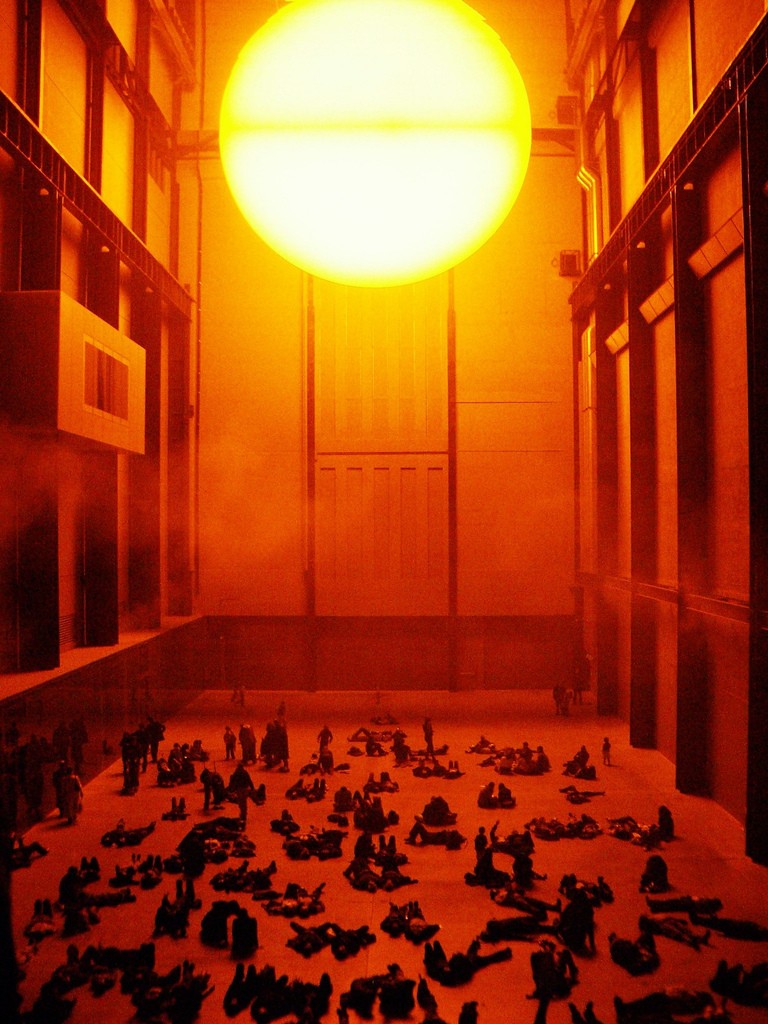

Artist Olafur Eliasson On How Urban Design Impacts Our Psyche
By Diana Budds, Published in FastCo.Design
From a distance Cirkelbroen (circle bridge) on Christianshavns canal in Copenhagen, Denmark, takes on the guise of illuminated ships. Created by artist Olafur Eliasson and set to open on August 22, the bridge is the last link needed to make the entire perimeter of the city’s harbor accessible to pedestrians and cyclists.
Along with Nordea Fonden—a Danish organization that supports healthful activities—the city commissioned Eliasson to build a special project that’s emblematic of Copenhagen’s spirit. “On one side, it’s a work of art that is significant for downtown Copenhagen,” Eliasson says. “But on the other side, it’s about making a contribution to Copenhagen’s signature of environmentally friendly outdoor activity.”
STORY: Geo-Fauvism: Waking to the Wild Earth Through Visual Art
“What it all boils down to, is does a society trust that abstract values, emotional values, creativity, and unpredictability belong in public space? Is our public space highly regulated, predictable, and about health and safety in terms of preventing people from being surprised? Does the space nurture the possibility of a surprise or is that too much of a risk?” — Olafur Eliasson
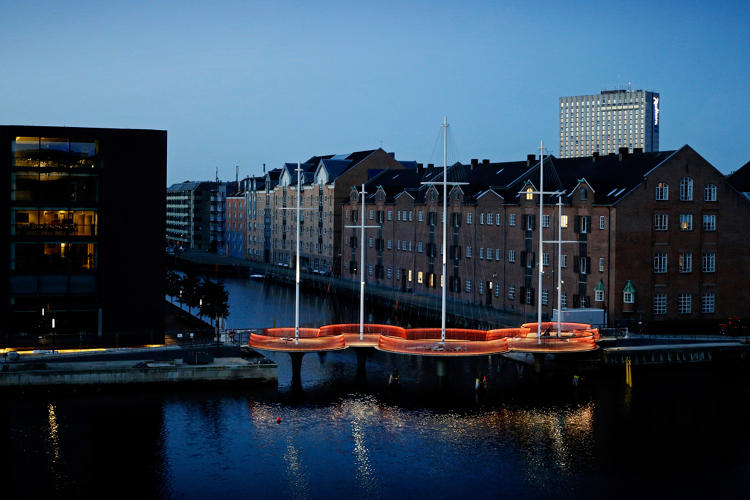

Pedestrian bridges have helped make cities more livable. Cirkelbroen does that and also reveals a narrative about how one of the world’s most respected artists views the role of public space in shaping our culture. Eliasson’s work explores the intersection of nature, science, and human perception. For example, his recent LEGO installation called Collectively invited viewers to recast the work of famous architects. He’s made cheese using his own tears. An installation at the Louisiana museum, in Copenhagen, recreated a riverbed indoors. His monumental Take Your Time exhibition, which traveled to multiple museums, engaged visitors in artworks that explored what it means to see and observe. Cirkelbroen expounds on those notions, but in the form of infrastructure.
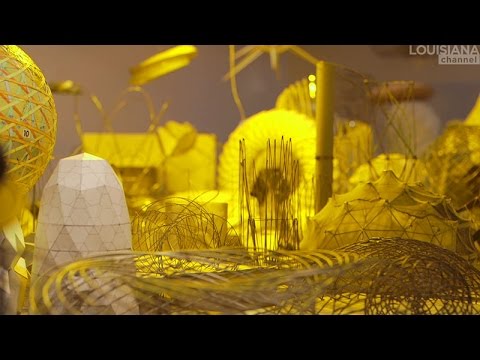
Watch this video on YouTube
The space that ideas stem from is similar to a treasure room, according to artist Olafur Eliasson, who here discusses his remarkable art installation ‘Model Room.’
Eliasson hopes the 128-foot-long bridge‚ which is illuminated at night, becomes a space for people to meet, slow down, take a break, and hesitate. In a recent FastCo.Design interview, the artist talks about channeling Copenhagen’s maritime history; why art should be hard work; and why public spaces designed with pragmatism in mind are overrated. Read the full article.
“We are coming to the end of an era where pragmatics govern the organization of public space.” — Olafur Eliasson
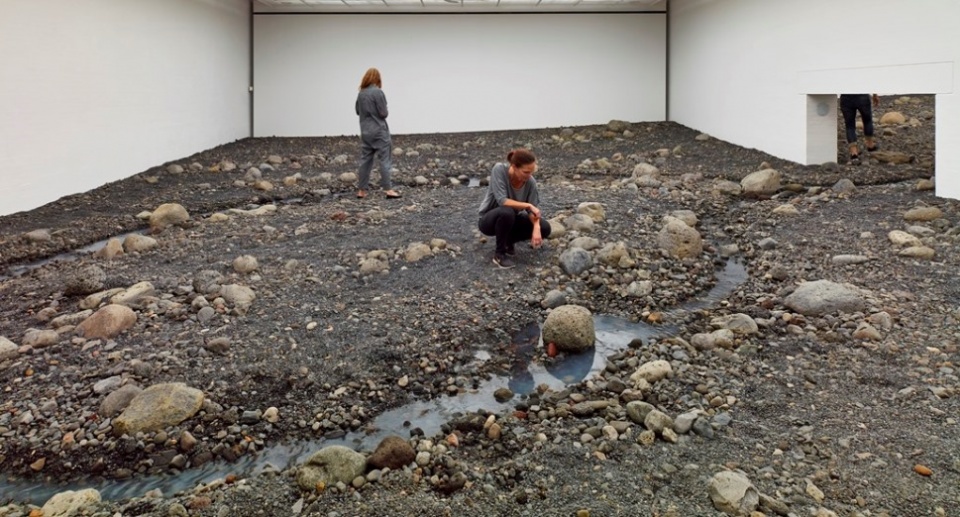




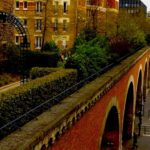
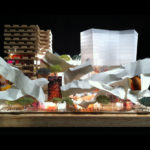
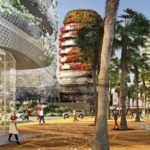
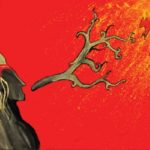
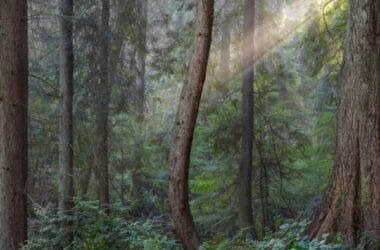
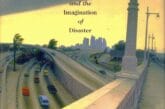
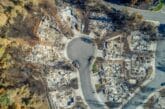

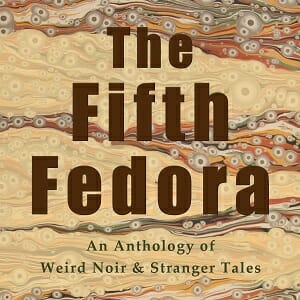
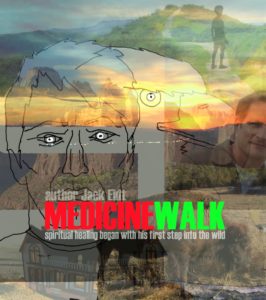
Pingback: Geo-Fauvism: Waking to the Wild Earth Through Visual Art | WilderUtopia.com